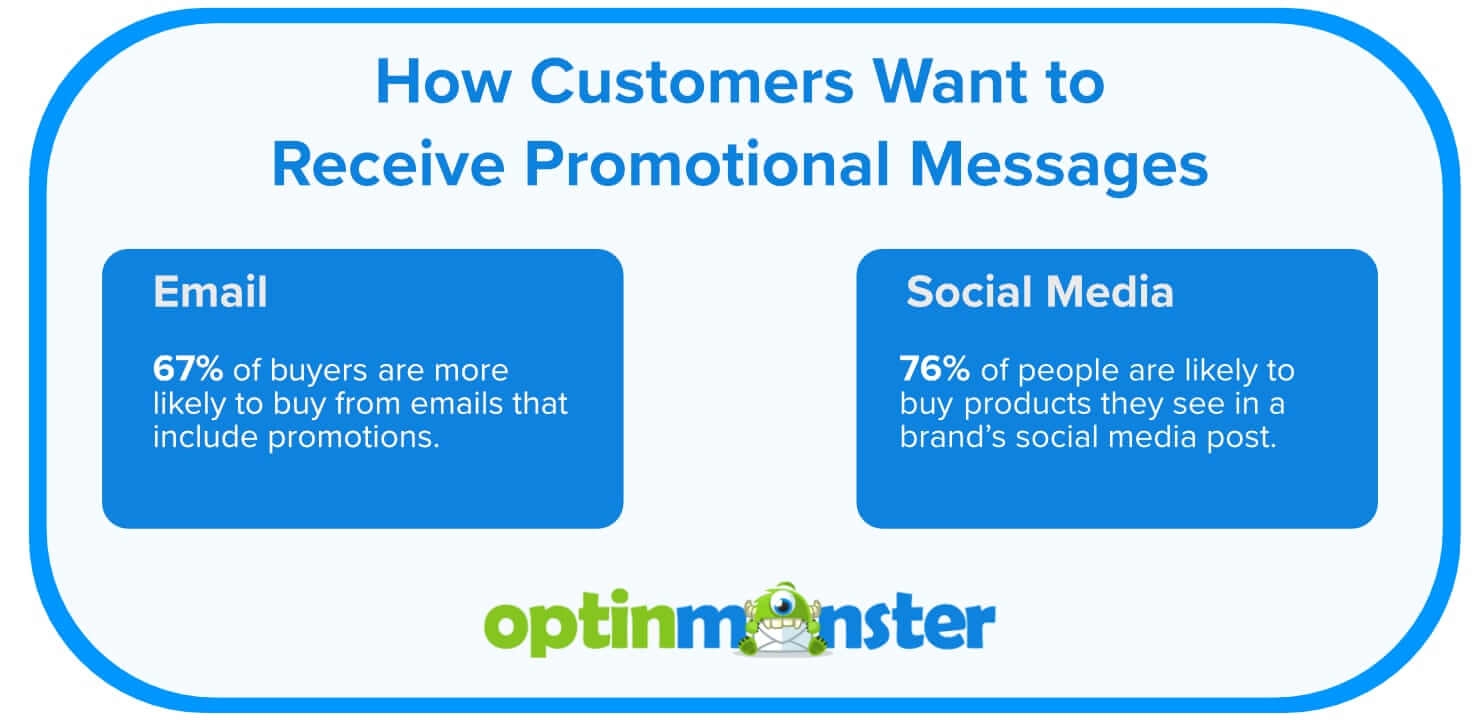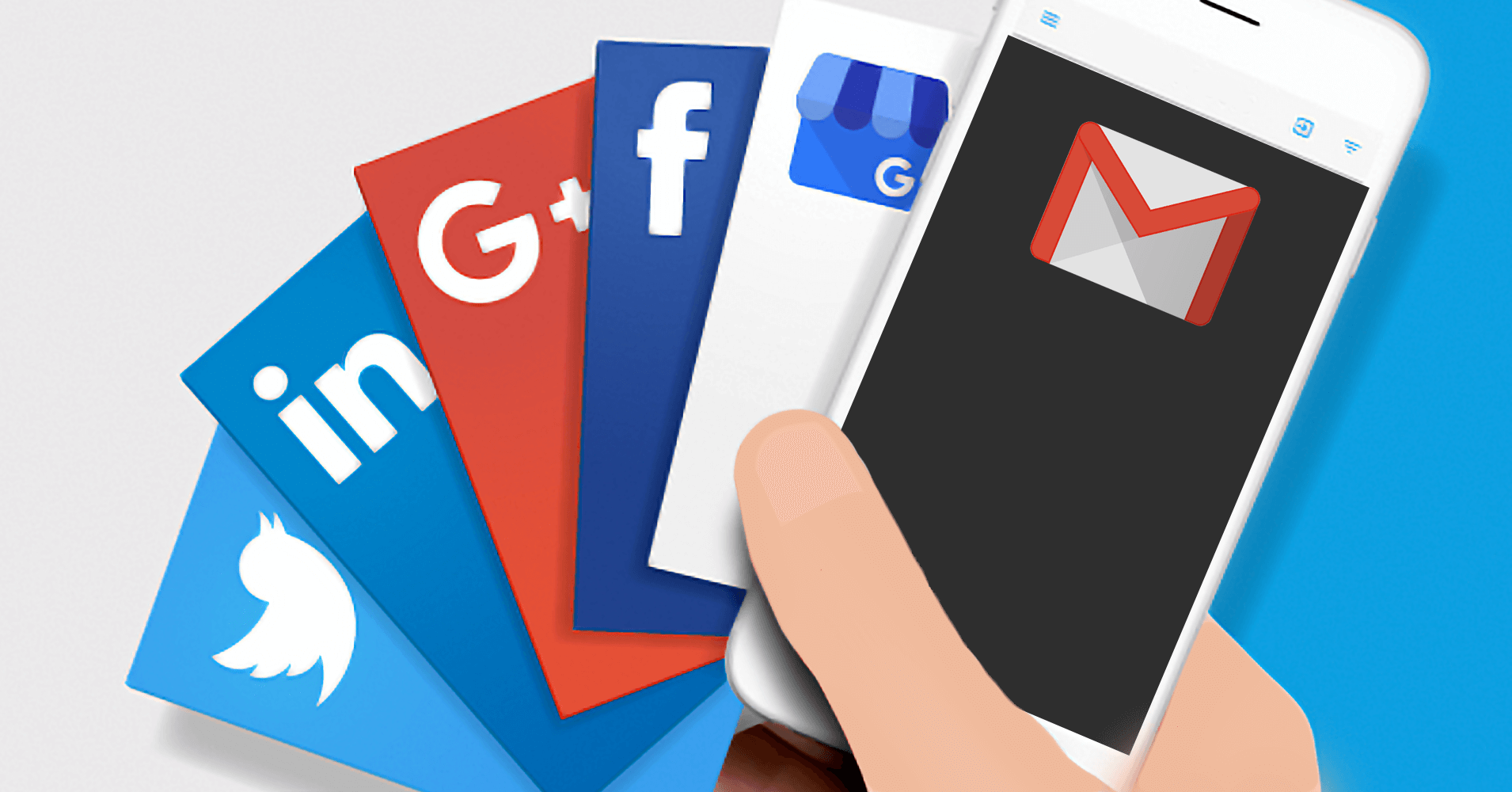Social media marketing and email marketing are both powerful tools. But which one is better?
This question often puzzles many marketers. Both methods have their own strengths. Social media marketing offers instant engagement and wide reach. Email marketing provides direct contact and personalized messages. Comparing these two can help you decide which suits your needs best.
In this blog post, we will explore the benefits and drawbacks of each. By the end, you will have a clear idea of which strategy aligns with your goals. Let’s dive in and find out which one comes out on top.
Social Media Marketing
Social Media Marketing is a powerful tool for reaching a broad audience. It involves creating content to promote your brand on various social media platforms. With billions of users, social media offers an excellent opportunity to engage with potential customers and build brand awareness.
Definition
Social Media Marketing refers to the process of using social media platforms to connect with your audience. It involves sharing content, engaging with followers, and running paid advertising campaigns. The goal is to boost brand awareness, drive website traffic, and increase sales.
Popular Platforms
Several social media platforms are popular for marketing, including:
- Facebook: Ideal for reaching a broad demographic.
- Instagram: Great for visual content and younger audiences.
- Twitter: Perfect for real-time updates and customer service.
- LinkedIn: Best for B2B marketing and professional networking.
- Pinterest: Excellent for sharing visual ideas and products.
Key Strategies
Effective social media marketing requires a well-planned strategy. Some key strategies include:
- Content Creation: Develop engaging content that resonates with your audience.
- Consistency: Post regularly to maintain audience interest and engagement.
- Engagement: Respond to comments and messages promptly to build relationships.
- Analytics: Track performance metrics to understand what works.
- Paid Ads: Use targeted ads to reach specific demographics and increase visibility.
By leveraging these strategies, businesses can effectively use social media to achieve their marketing goals.

Credit: optinmonster.com
Email Marketing
Email Marketing has been a cornerstone of digital marketing for many years. It involves sending targeted messages to a group of subscribers via email. Unlike social media, email marketing allows for a more personalized approach. It provides direct access to the audience’s inbox. Let’s dive deeper into what makes email marketing effective.
Definition
Email marketing is a form of direct marketing. It uses electronic mail to communicate commercial or fundraising messages. Every email sent to a potential or current customer counts as email marketing. It usually involves using email to send ads, request business, or solicit sales or donations.
Effective Techniques
Several techniques can make email marketing more effective:
- Personalization: Address recipients by their names.
- Segmentation: Divide your email list into smaller groups.
- Automation: Use tools to send emails at the right times.
- Compelling Subject Lines: Capture attention with strong subject lines.
- Clear Call-to-Action (CTA): Tell recipients what to do next.
Tools And Services
Various tools and services can help streamline email marketing:
| Tool/Service | Features |
|---|---|
| Mailchimp | Email automation, segmentation, analytics |
| Constant Contact | Easy-to-use templates, list management |
| Sendinblue | Transactional emails, SMS marketing, CRM |
| AWeber | Autoresponders, sign-up forms, analytics |
These tools offer various features to enhance your email marketing campaigns. Choose one that suits your needs best.
Audience Engagement
Engaging your audience is key to any successful marketing strategy. Both social media marketing and email marketing have unique ways to connect with users. Let’s dive into how each method can capture the attention of your audience.
Social Media Tactics
Social media platforms offer various tools to engage users. Here are some effective tactics:
- Interactive Posts: Polls, quizzes, and surveys can spark engagement.
- Live Videos: Real-time interaction helps build a personal connection.
- Comments and Replies: Responding to comments shows you value feedback.
- Stories and Reels: Short, engaging content keeps users interested.
Social media also allows for rapid sharing and viral potential. One engaging post can reach thousands through shares and likes. This creates a dynamic and interactive environment.
Email Campaigns
Email marketing offers a more personalized touch. Here are some strategies to boost engagement:
- Personalized Subject Lines: Tailored emails have higher open rates.
- Segmented Lists: Targeted content ensures relevance to the reader.
- Interactive Content: Surveys, quizzes, and polls can be included in emails.
- Clear Call-to-Actions: Direct users to take specific actions.
Emails also provide a direct line to your audience. Unlike social media, which can be noisy, emails land straight in the inbox. This makes emails a focused and personal way to engage users.
Both social media and email have unique strengths in audience engagement. Choose the method that aligns best with your goals and audience preferences.

Credit: safemailer.app
Cost Analysis
Cost is a major factor in deciding between social media marketing and email marketing. Each has its own expenses. Let’s break them down.
Social Media Expenses
Running ads on social media platforms can be costly. Facebook, Instagram, and LinkedIn ads require budgets. These costs include ad creation, targeting, and bidding. Paid campaigns often need continuous investment. Organic reach on social media has declined. This means brands need to spend more to get visibility. Hiring a social media manager adds to the cost. Tools for scheduling and analytics also come with a price.
Email Marketing Costs
Email marketing can be more budget-friendly. Most email service providers offer various pricing plans. These plans usually depend on the number of subscribers. Creating email campaigns has lower costs. You might need a designer or copywriter, but the expense is minimal. Automation tools help manage email lists and campaigns. These tools are often included in the service provider’s package. Email marketing software is generally cheaper than social media ad tools.
Reach And Targeting
Reaching your audience and targeting them effectively are key in marketing. Both social media marketing and email marketing offer unique advantages. Let’s explore how each one fares in these areas.
Social Media Reach
Social media platforms have vast user bases. Facebook, Instagram, and Twitter connect billions globally. This broad reach helps brands gain visibility. Social media allows you to target specific demographics. You can choose age, gender, interests, and location. This precision helps deliver content to the right people. Social media also offers real-time engagement. You can interact with your audience instantly. This builds relationships and trust.
Email Targeting
Email marketing offers direct communication. You send messages straight to your audience’s inbox. This ensures they see your content. Email lists are built from interested users. These people have shown interest in your brand. Targeting is more refined. You can segment your list based on behavior, preferences, and past purchases. This personalization increases relevance. Your audience receives content that matters to them. Email targeting also provides measurable results. You can track open rates, click-throughs, and conversions. This data helps improve your strategy.

Credit: wpmanageninja.com
Conversion Rates
Conversion rates are a critical metric in marketing. They represent the percentage of users who complete a desired action. This can include making a purchase, signing up for a newsletter, or downloading an app. Both social media marketing and email marketing aim to achieve high conversion rates. But which one performs better? Let’s delve into the conversion rates for each.
Social Media Conversions
Social media platforms have a vast user base. They offer businesses the chance to reach a broad audience. Posts, ads, and stories can drive traffic to your website. But do these efforts convert?
Studies show that social media often leads to lower conversion rates. Users typically scroll through content quickly. They may engage with a post, but not always take further action. Despite this, social media excels in brand awareness. It helps create a strong online presence.
To boost conversions, businesses should use targeted ads. Tailoring content to specific audiences can improve results. Engaging visuals and clear calls-to-action also help. These elements encourage users to move from browsing to buying.
Email Conversions
Email marketing often boasts higher conversion rates. Emails land directly in the user’s inbox. This provides a more personal and direct form of communication. Subscribers are already interested in your brand. This interest often translates to action.
Well-crafted emails can lead to significant conversions. Personalization is key. Using the recipient’s name and relevant content increases engagement. Clear subject lines and compelling offers also improve results.
Automated email campaigns can enhance conversion rates further. These include welcome emails, abandoned cart reminders, and special promotions. Each type of email serves a specific purpose. They guide users through the buying process effectively.
Frequently Asked Questions
What Is Social Media Marketing?
Social media marketing uses platforms like Facebook and Instagram to promote products or services.
What Is Email Marketing?
Email marketing sends promotional messages or newsletters to a list of subscribers via email.
Which Is More Cost-effective, Social Media Or Email Marketing?
Email marketing is generally more cost-effective, as it has lower costs and higher ROI.
Can Social Media Marketing Reach A Broader Audience?
Yes, social media marketing can reach a broader audience through shares, likes, and comments.
Which One Is Better For Customer Engagement?
Social media marketing often provides better customer engagement with real-time interactions and feedback.
Conclusion
Both social media and email marketing offer unique benefits. Choose based on your goals. Social media excels in engagement and brand awareness. Email marketing shines in direct communication and conversions. Assess your audience and resources. Decide which strategy aligns best with your needs.
Balance both for optimal results. Test and adapt your approach. Stay updated with trends and tools. Your marketing success depends on your strategy and execution.


Leave a Reply